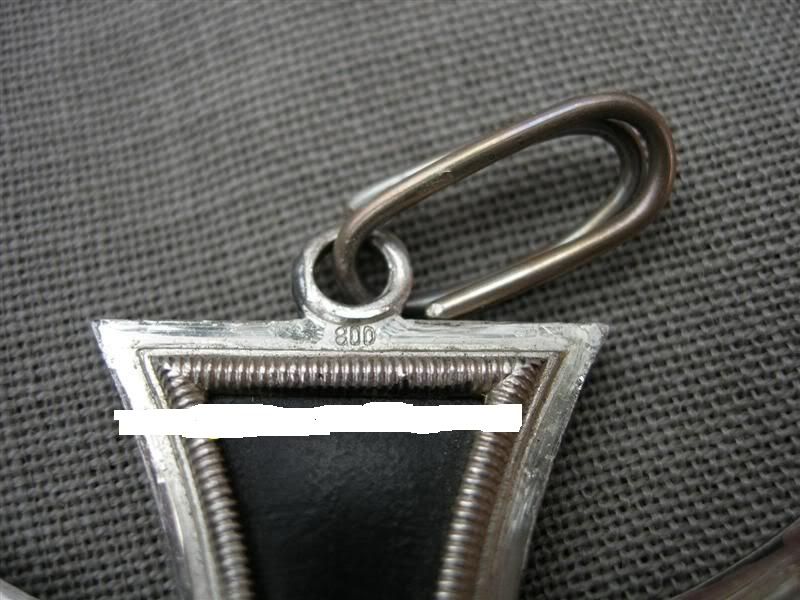Hello
I raised a question in another thread, (about the 57 RK on E-Bay that went quite cheaply), but then decided it might be worthy of thread of it's own.
My question is, how did we end up with the unflawed 2nd frame? And the 2nd pattern core. The frame you could perhaps surmise as being due to the final deterioration of the original wartime die. But why change the core?
Does anyone know, or have any working theories on how and why the 2nd pattern 57 RKs from S&L came into being? And does anyone have any approximation as to when the change occured, e.g. 1966, 1970, 1975 or when?
Regards
David
I raised a question in another thread, (about the 57 RK on E-Bay that went quite cheaply), but then decided it might be worthy of thread of it's own.
My question is, how did we end up with the unflawed 2nd frame? And the 2nd pattern core. The frame you could perhaps surmise as being due to the final deterioration of the original wartime die. But why change the core?
Does anyone know, or have any working theories on how and why the 2nd pattern 57 RKs from S&L came into being? And does anyone have any approximation as to when the change occured, e.g. 1966, 1970, 1975 or when?
Regards
David

 Only a working theory.
Only a working theory.

Comment